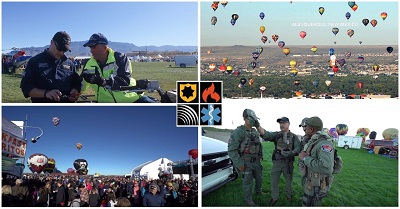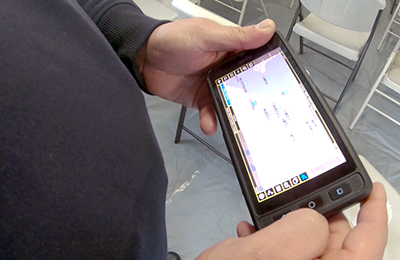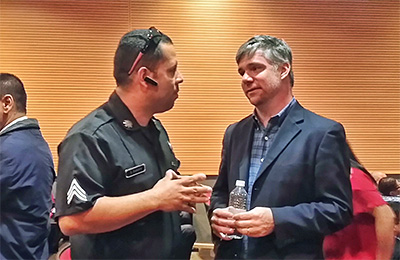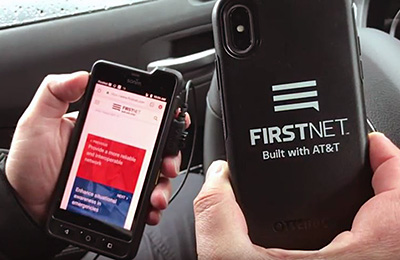The sharing of data via FirstNet is enabling first responders to have more information available at their fingertips to help with their lifesaving mission. Today, through over-the-top push-to-talk (PTT) apps, first responders can use FirstNet’s always-on, reliable connection to collaborate — including sharing pictures, videos, texts, and other data in real time. With enhanced communications, public safety can be better prepared to keep themselves and the communities they serve safe.
Blog

Priority and preemption are a few of the crucial features FirstNet provides to first responders, especially during large planned events with thousands of participants, such as the annual International Balloon Festival in Albuquerque. In years past, first responders at the festival reported poor connectivity on commercial networks due to attendees’ high volume of voice calls, texts, and social media posts. But using FirstNet, public safety’s dedicated network, for this year’s festival, they had a dramatically different—and better—experience.

The First Responder Network Authority (FirstNet Authority) looks forward to participating in APCO 2018, APCO International’s 84th Annual Conference and Expo, which will be held August 5-8. Join us at this year’s event in Las Vegas to hear the latest developments in our efforts to drive innovation, advocate for public safety, and oversee the deployment of public safety’s own network.

Whether securing large events or responding to local emergencies, it can be a challenge for public safety to keep track of where first responders are positioned. Historically, tracking first responders in the field meant repeated radio roll-calls where units identify with their call sign and location and incident scribes map the scene on a white board – a labor-intensive process that didn’t provide the up-to-the-minute situational awareness incident commanders need for optimal decision-making.

The FirstNet Authority has consulted with hundreds of thousands of first responders across the nation throughout the development of FirstNet—from the early stages of planning an approach, to the development of a Request for Proposal to build the network, to the award of the contract in March 2017.












